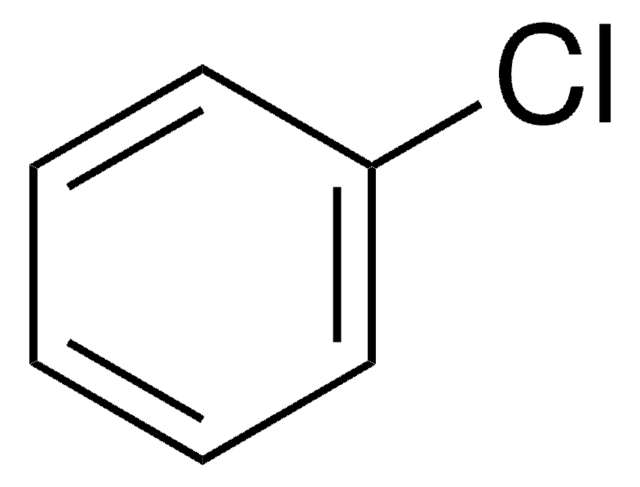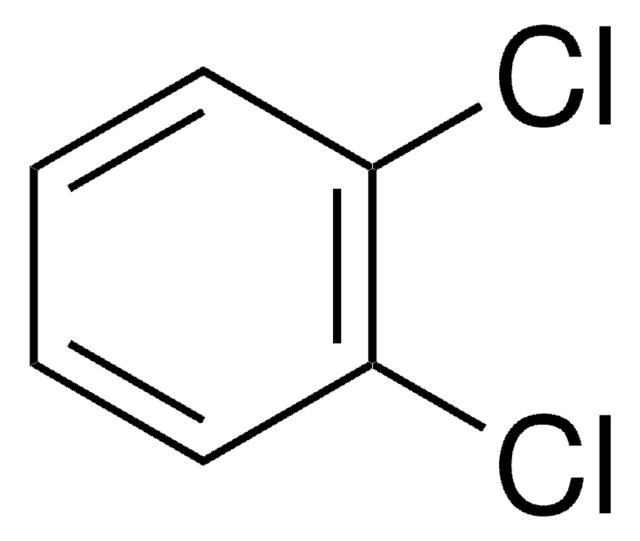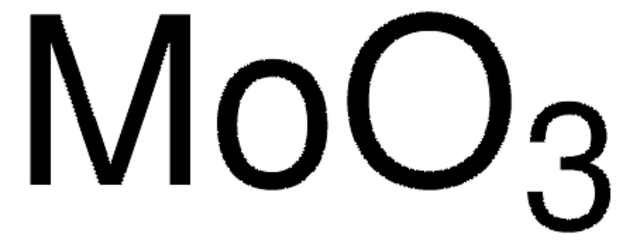250295
1,8-Diiodooctane
98%, contains copper as stabilizer
Synonym(s):
Octamethylene diiodide
Sign Into View Organizational & Contract Pricing
All Photos(2)
About This Item
Linear Formula:
I(CH2)8I
CAS Number:
Molecular Weight:
366.02
Beilstein/REAXYS Number:
1735437
EC Number:
MDL number:
UNSPSC Code:
12352100
PubChem Substance ID:
NACRES:
NA.22
form:
liquid
assay:
98%
Recommended Products
assay
98%
form
liquid
contains
copper as stabilizer
refractive index
n20/D 1.5653 (lit.)
bp
167-169 °C/6 mmHg (lit.)
density
1.84 g/mL at 25 °C (lit.)
functional group
iodo
SMILES string
ICCCCCCCCI
InChI
1S/C8H16I2/c9-7-5-3-1-2-4-6-8-10/h1-8H2
InChI key
KZDTZHQLABJVLE-UHFFFAOYSA-N
Looking for similar products? Visit Product Comparison Guide
Related Categories
Application
1,8-Diiodooctane has been employed as processing additive:
- to improve the morphology and the efficiency of bulk heterojunctions solar cells, based on the regioregular poly(3-hexylthiophene) and a soluble fullerene derivative
- to improve the power conversion efficiency of polymer solar cells
hcodes
pcodes
Hazard Classifications
Aquatic Chronic 4
Storage Class
10 - Combustible liquids
wgk_germany
WGK 3
flash_point_f
235.4 °F - closed cup
flash_point_c
113 °C - closed cup
ppe
Eyeshields, Gloves, type ABEK (EN14387) respirator filter
Choose from one of the most recent versions:
Already Own This Product?
Find documentation for the products that you have recently purchased in the Document Library.
Customers Also Viewed
Chengkai Xia et al.
Polymers, 12(8) (2020-08-14)
In this study, a solution-processable compact vanadium oxide (V2O5) film with a globular nanoparticulate structure is introduced to the hole transport layer (HTL) of polymer bulk-heterojunction based solar cells comprised of PTB7:PC70BM by using a facile metal-organic decomposition method to
Xing Fan et al.
Journal of nanoscience and nanotechnology, 14(5), 3592-3596 (2014-04-17)
Controlling the blend morphology is critical for achieving high power conversion efficiency in polymer/fullerene bulk heterojunction (BHJ) photovoltaic devices. As a simple and effective method to control morphology, adding processing additives has been widely applied in the organic BHJ solar
Qian Liu et al.
ACS applied materials & interfaces, 6(3), 1601-1607 (2014-01-24)
9-Arylidene-9H-fluorene containing donor-acceptor (D-A) alternating polymers P1 and P2 were synthsized and used for the fabrication of polymer solar cells (PSCs). High and low molecular weight P1 (HMW-P1 and LMW-P1) and high molecular weight P2 were prepared to study the
Ignasi Burgués-Ceballos et al.
ChemSusChem, 8(24), 4209-4215 (2015-12-15)
The application of conjugated materials in organic photovoltaics (OPVs) is usually demonstrated in lab-scale spin-coated devices that are processed under controlled inert conditions. Although this is a necessary step to prove high efficiency, testing of promising materials in air should
Satvik Shah et al.
Nanoscale, 9(25), 8665-8673 (2017-06-15)
Degradation is among the most pressing problems facing organic materials, occurring through ingress of moisture and oxygen, and light exposure. We determine the nanoscale pathways underlying degradation by light-soaking organic films in an environmental chamber, and performing infrared spectroscopy, to
Our team of scientists has experience in all areas of research including Life Science, Material Science, Chemical Synthesis, Chromatography, Analytical and many others.
Contact Technical Service














